Media releases from 2017
all news | only media releases
Study questions assumptions on mechanisms underlying warming feedback. › more
Specifically in hot and dry summers, forests with more tree species have higher functionality › more
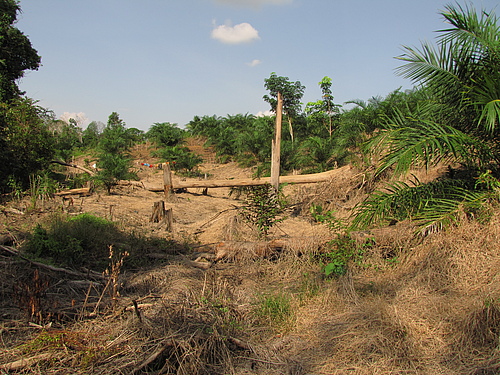
Scientists from Göttingen University investigate effects of land conversion in South-East Asia › more
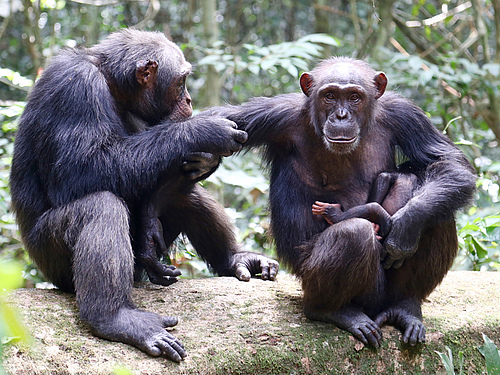
Researchers illuminate the epidemiology of a cryptic pathogen › more
A new mathematical model shows why the largest animals are not always the fastest. › more
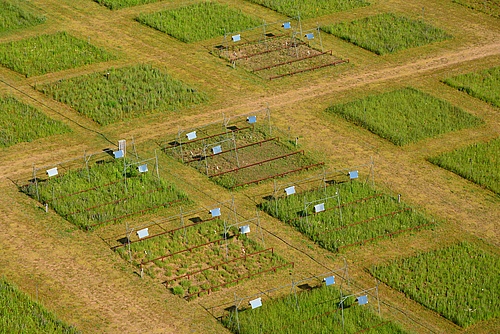
In meadows with high plant species richness, nematode communities cope better with warming. › more
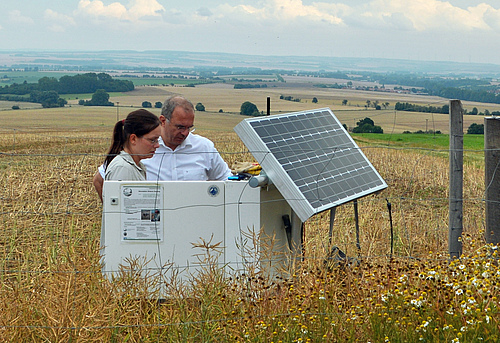
Collaborative Research Centre of the University of Jena: AquaDiva funded for further four years with over 9.5 million euros from German Research Foundation › more
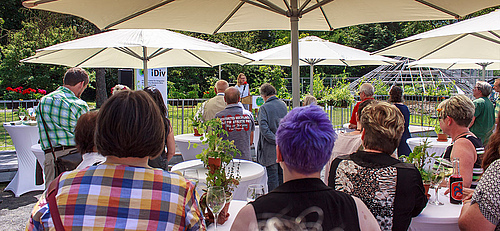
This text is available only in German. › more

Global hotspots for non-native animal and plant species have been identified for the first time › more
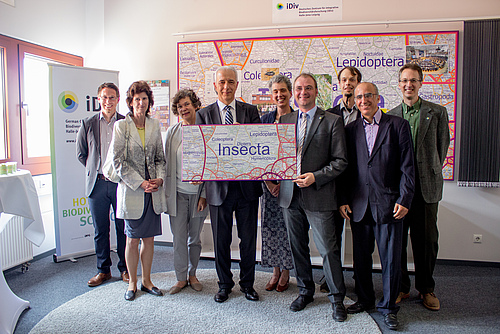
The research centre was one of two priorities during his visit to the Leipzig University › more
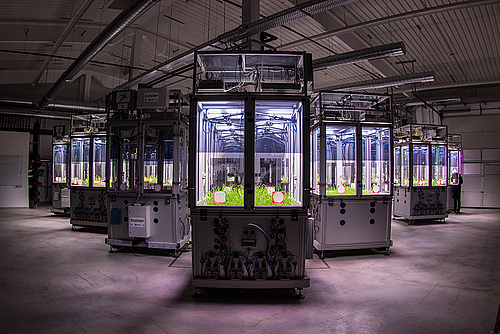
The iDiv Ecotron will provide insights into interactions among species. › more
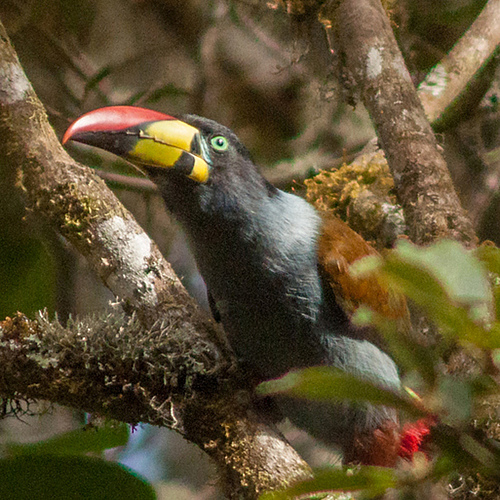
Study by Senckenberg, iDiv, MLU, UFZ and others › more
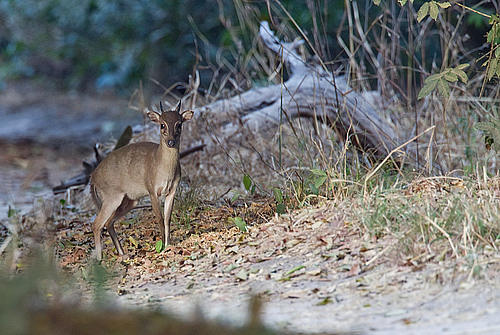
Estimating how many animals of a certain species live in a remote region has become easier thanks to a new analytical method › more
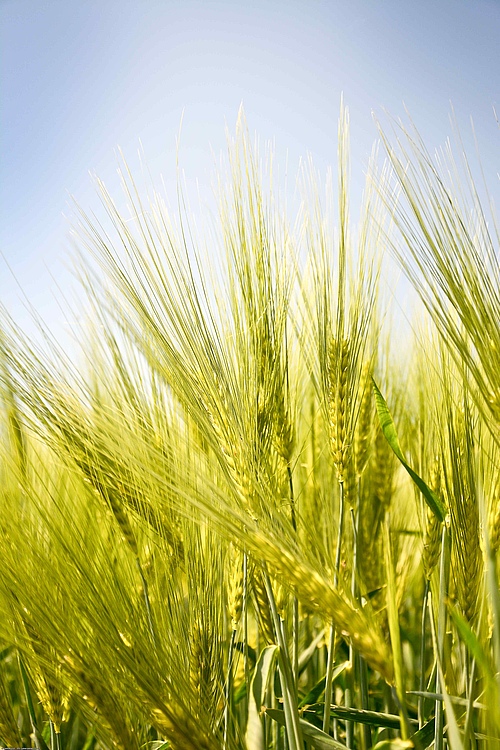
A new study in Nature reports the first high-quality reference genome sequence of barley. › more
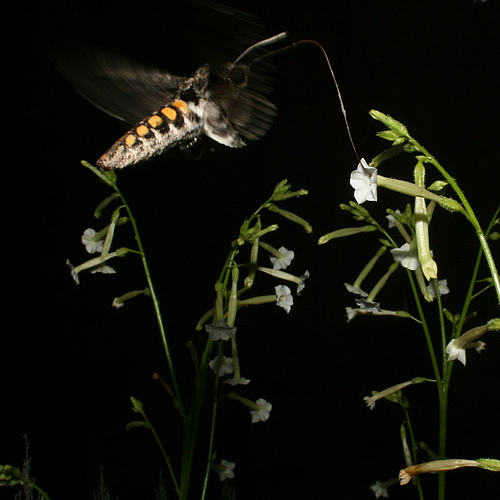
The plant volatile compound bergamotene is alluring, but also lethal for Manduca sexta months, a new study finds. › more
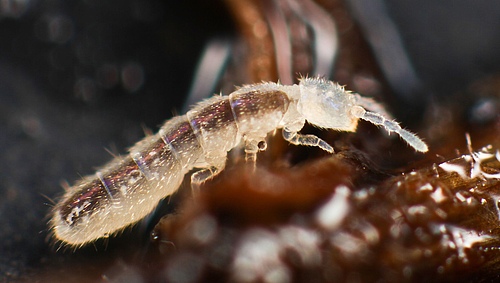
An experiment shows how rising temperatures change interactions between species. › more
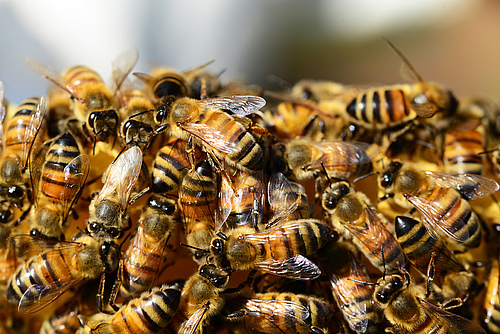
findings appear in BMC Genomics › more
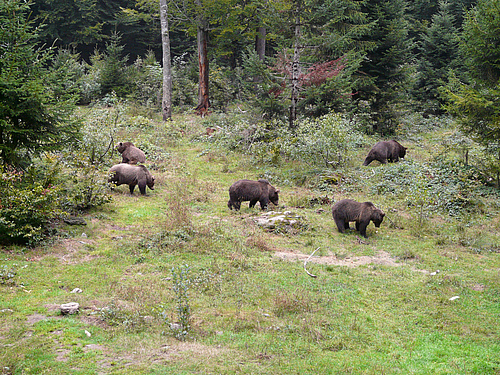
The protection status of several species should therefore be reconsidered, researchers from iDiv and MLU say. › more
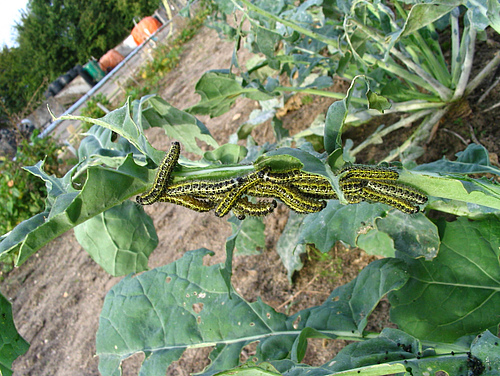
When plants are eaten by herbivores, they emit odours to attract the natural enemies of their enemies. These odours vary according to the characteristics of the herbivore species, a new study shows. › more
